Which is the one part of your vehicle that gets affected the most by wear and tear? It is the tires. The tires come in direct contact with the road and hence face the most wear and tear damage and hence need to be replaced often. But tire replacement can be very expensive, so it is important to keep a check on our tires and make sure we maximize their life. How to do that you ask? Well, read ahead to find out! What is tire rotation and balancing? How often should you get your tires rotated? You can get your tires rotated here at Akins Ford in Winder, GA!
View Our Used Ford F-150 Inventory
Contact Us
What is the difference between tire rotation and balancing?Generally speaking, the front tires of your Ford vehicle absorb more friction and hence wear out faster than the rear tires. So, to ensure they wear out evenly, the tires are rotated after some time- the front tires go to the back and the rear tires are put in their place. This helps maximize the total life of all your tires combined.
Tire balancing on the other hand is not a routine service. It is needed every once in a while, and the driver can tell when it is time for getting the tires balanced by simply checking for shaking or vibration in the steering wheel while driving. Tire balancing also helps protect the rims of the tire and maintain vehicle stability.
[Read more: How to Reset the Tire Pressure Sensors on Your Ford Vehicle] How often should your Ford vehicle tires be rotated?As a good rule of thumb, you should have your Ford vehicle tires rotated and aligned every 7,000 miles. But it also depends upon your specific model and driving style. Regardless of your odometer reading, if you see any of the above-mentioned signs, please visit your nearest mechanic as soon as possible.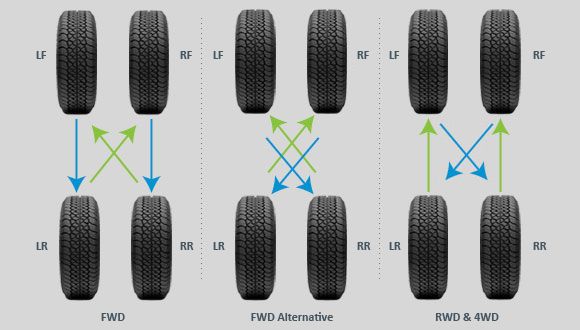
If you live in or around Winder, GA, and want to get your Ford vehicle’s tires rotated and balanced, visit us here at Akins Ford today! Our team of experts will be happy to answer all your questions and assist you! Meanwhile, you can also check out other guides and how-to posts here! Hope to see you soon!
This entry was posted on Tuesday, August 3rd, 2021 at 1:29 pm and is filed under Guides & How Tos, Service. You can follow any responses to this entry through the RSS 2.0 feed. Both comments and pings are currently closed.
Tires are one of the most important and ignored parts of a car.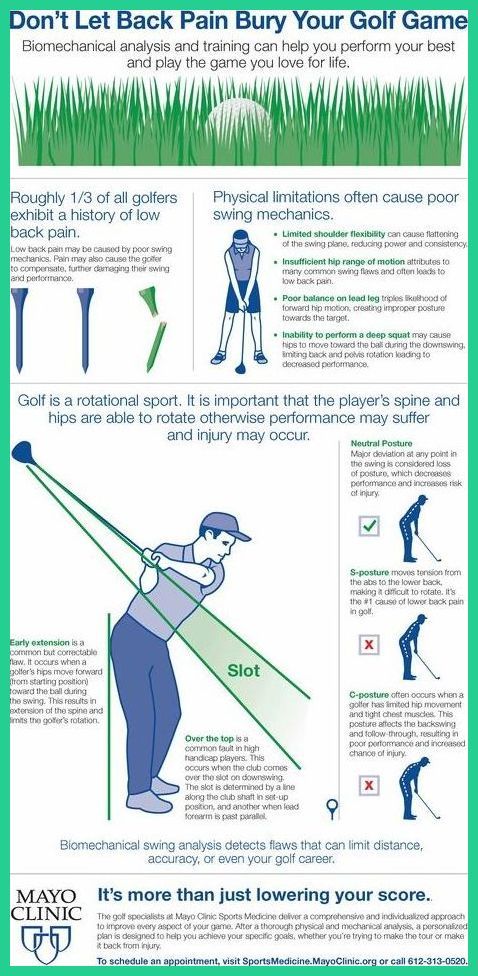 Properly maintained wheels keep your vehicle safe and performing well. Most drivers know regular rotations prolong the life of a set of tires, but how often should you rotate your tires? And why does it matter? Here’s how to properly care for your tires so they can take care of you.
Properly maintained wheels keep your vehicle safe and performing well. Most drivers know regular rotations prolong the life of a set of tires, but how often should you rotate your tires? And why does it matter? Here’s how to properly care for your tires so they can take care of you.
Answer: You should rotate your tires every six months or 6,000 to 8,000 miles. Read more here: http://t.co/6aUv9vGOZ6 pic.twitter.com/vu34W11MsH
— Michelin USA (@MichelinUSA) February 7, 2015
When you take your vehicle to the mechanic to rotate the tires, each wheel is taken off the vehicle and moved to a different spot on the car. According to Michelin, tires are rotated to ensure they last longer, wear evenly, and keep you safe. Though every vehicle and tire type is different, many experts recommend tires be rotated at least every six months or every 6,000 to 8,000 miles.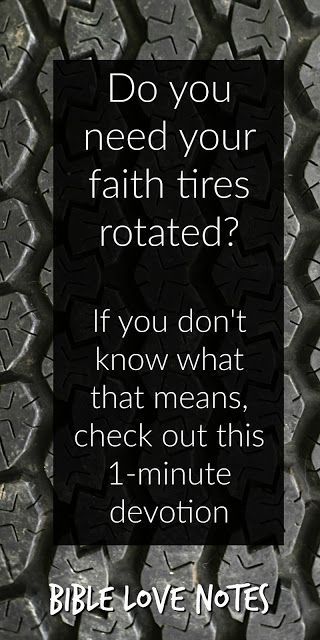
If you drive your vehicle a lot, you may need to get your tires rotated every time you need an oil change or every 3,000 to 5,000 miles. This time frame can vary, depending on whether your car is front-, rear-, or all-wheel drive. According to Car and Driver, tires will wear at different rates for various models. Proper rotation may also rely heavily on the type of tire, especially when it comes to vehicles with varying tire sizes at the front and rear.
Your vehicle’s owner’s manual should offer guidance on rotating your tires, as well as the rotation frequency and pattern of your vehicle. This can help you better understand how your tires wear and how often you need to rotate them. When in doubt, seek the advice of a professional.
Rotating your tires is a task that should never be ignored.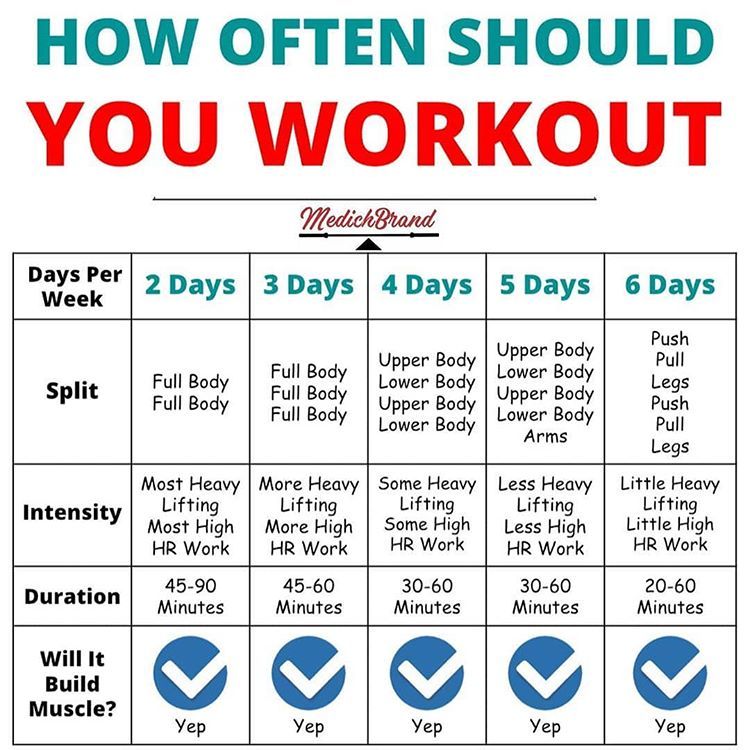 According to Consumer Reports, “Well-maintained tires will help you travel safely for tens of thousands of miles.” Without the proper rotation, your tires may not wear evenly, which can hinder your car’s performance and safety.
According to Consumer Reports, “Well-maintained tires will help you travel safely for tens of thousands of miles.” Without the proper rotation, your tires may not wear evenly, which can hinder your car’s performance and safety.
Your vehicle’s front tires are largely responsible for braking, which makes wheel quality even more important. If your tires are overly-worn or not evenly worn, your vehicle cannot do its job properly. Especially in the case of a front-wheel-drive car, which grips for traction, working to maintain even wear patterns can impact braking, overall ride, noise, and longevity.
In addition to maintaining your vehicle’s performance, rotating your tires can also have more practical value. For instance, if your tires come with a warranty, its maker may require regular maintenance to enforce the warranty. This requirement would include regular tire rotations.
Tire rotation also provides an opportunity for a mechanic to inspect your tires, access any damage, and even inflate them. Depending on the car, as well as its drivetrain, a mechanic will move your tires to different positions.
Depending on the car, as well as its drivetrain, a mechanic will move your tires to different positions.
The most standard rotation, according to U.S. News, involves moving the front tires to the rear and the rear tires to the front. But there are a variety of rotation patterns, which makes seeking professional help necessary. During your vehicle’s inspection, the mechanic will also check for inflation rates and problems like blistering or cupping on your tires.
LADA
UAZ
KIA
Hyundai
Renault
Toyota
Volkswagen
Skoda
BMC
BMAN
BMARS
BMAN
Mitsubishi
Mazda
Ford
All brands
nine0003
Related materials
Seasonal tire change: everything car owners need to know
To begin with, a small educational program. Balancing is the alignment of the center of mass of the wheel with the axis of rotation. In this case, the loads are fixed opposite the heavy part of the wheel. This is the definition of static balancing. And since the wheel is not a thin disk, but rather a wide roller, the so-called dynamic balancing is necessary, when loads are placed both on the outer and on the inner parts of the wheel disk. Naturally, the wheels need to be balanced immediately after mounting the tire on the rim: after all, the imbalance can reach 50–60 g on each side. If it turns out more, then it makes sense to "twist" the tire relative to the disk, ensuring their mutual rotation by 180 degrees. With this initial balancing, tire workers provide an imbalance of less than 5 g per side. It is believed that a new tire is capable of slightly changing its position on the disk in the first kilometers, and therefore the balancing will go away a little. nine0003
Balancing is the alignment of the center of mass of the wheel with the axis of rotation. In this case, the loads are fixed opposite the heavy part of the wheel. This is the definition of static balancing. And since the wheel is not a thin disk, but rather a wide roller, the so-called dynamic balancing is necessary, when loads are placed both on the outer and on the inner parts of the wheel disk. Naturally, the wheels need to be balanced immediately after mounting the tire on the rim: after all, the imbalance can reach 50–60 g on each side. If it turns out more, then it makes sense to "twist" the tire relative to the disk, ensuring their mutual rotation by 180 degrees. With this initial balancing, tire workers provide an imbalance of less than 5 g per side. It is believed that a new tire is capable of slightly changing its position on the disk in the first kilometers, and therefore the balancing will go away a little. nine0003
Now let's turn directly to our topic. If you alternately install either winter or summer tires on the same wheels, then you cannot avoid balancing. There is nothing to argue about here. The question of balancing every season arises only for those car owners who have two complete sets of wheels: summer and winter.
There is nothing to argue about here. The question of balancing every season arises only for those car owners who have two complete sets of wheels: summer and winter.
Related materials
Routine work that everyone ignores (and in vain!)
So, should the wheels be balanced at every seasonal change? nine0053
If you approach the process formally, then you should remember the instructions for the car. It is usually recommended to balance the wheels after a run of 10,000 to 15,000 km. If you drive less in one season, then you definitely shouldn’t balance, except for the cases specified below.
But this is in theory, but in practice I advise you to monitor the behavior of the car. If there is no noticeable beating of the steering wheel, then balancing is not needed. The beating of the rear wheels is felt less, but they usually suffer less often. In any case, you should feel a strong imbalance. nine0003
If you change your own wheels twice a year, the following recommendation applies.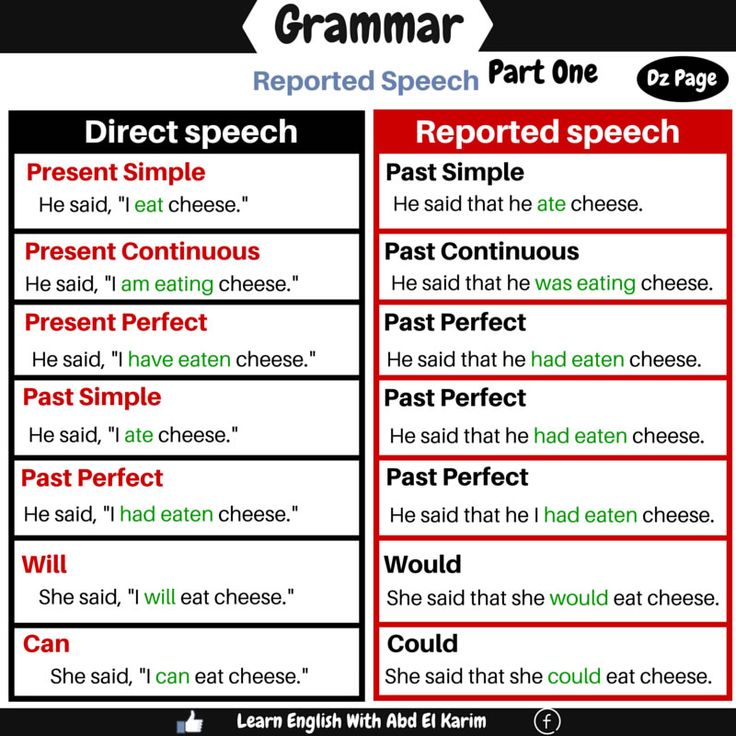 Put the wheels on and ride for a couple of days. During this time, the tire will get rid of the deformations that occurred during storage. If there are no vibrations at any speed with which you drive, balancing can not be carried out.
Put the wheels on and ride for a couple of days. During this time, the tire will get rid of the deformations that occurred during storage. If there are no vibrations at any speed with which you drive, balancing can not be carried out.
Related materials
10 procedures without which it is better not to drive
Balancing is required in the following cases:
Photo: depositphotos.com
Our new video
Niva and UAZ became the best gift for the soldiers of the Northern Military District
The first test of the new Moskvich 3 (video)
New Exeed TXL: a test in the Russian outback
Like this post? Subscribe and you will always be in the know!
Driving in Zen
Lack of wheel balance is not only a deferred suspension expense and premature tire wear, but also a potential threat to safe driving. Wheel wobble leads to uneven "eating" of the tire, vibrations on the steering wheel, which are more felt with increasing speed. nine0003
Wheel wobble leads to uneven "eating" of the tire, vibrations on the steering wheel, which are more felt with increasing speed. nine0003
However, once done balancing is not something eternal. Poor road surface, long-term storage, errors in operation lead to wheel imbalance. Winter and summer tires on two sets of discs do not save here.
Regardless of the operating options, the answer here is unambiguous: yes, balancing is needed.
Consider the option with two sets of rubber on the disks.
After leaving the winter, the driver sends the winter set for storage in the garage or on the balcony. The wheels will only return to the car closer to the next first snow. During the operation, the wheel with a high degree of probability flew into the pit more than once, it is possible that the tire was not inflated in time, it was operated in modes not intended for it. All this can lead to loss of weights, a slight change in tire weight, but enough to upset the balance of the wheel.
Tire manufacturers recommend balancing every 10-15 thousand km. Each driver has his own driving mode, so these recommendations are quite difficult to follow. It is better to check and balance before the start of the season.
At the expense of winter studded tires, there is a special opinion that the mileage until the next check is 5 thousand km. The reason is the flying spikes and increased loads on the wheel, which are formed due to adhering ice.
It is also recommended to balance after a puncture or cut has been repaired, after a serious blow.
The quality of work is influenced, first of all, by the equipment. Both the level of the stand and its wear are important here.
The best results are given by computer-controlled stands.
Such equipment makes it possible to balance discs using a system of spaced weights, even for wheels with a large imbalance. nine0003
Stands can be calibrated to different accuracy: 1, 5, 10 grams.